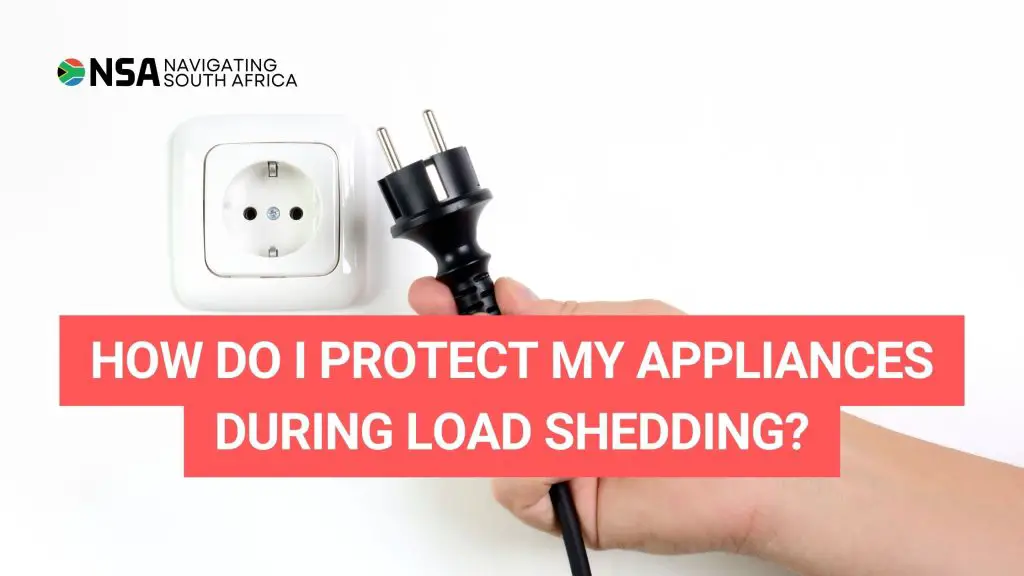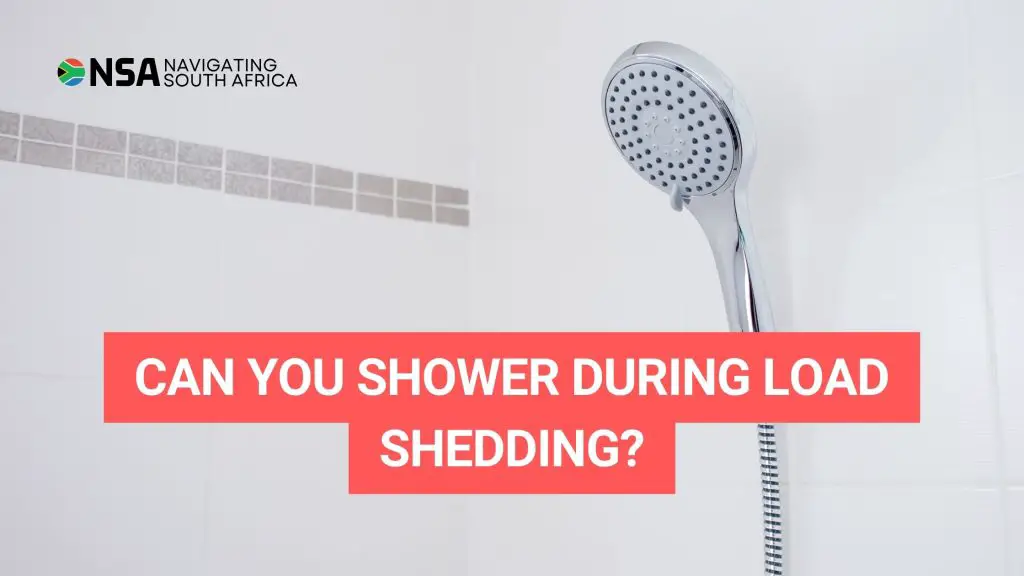When there is a difference between how much electricity is available and how much is needed, load shedding is used to take some of the load off the power system. If we didn’t reduce our load, the whole national power system would go down and no one would be able to use the electrical grid. Because of this, load shedding is done so that the national power system doesn’t break down.
Saving electricity (by using more energy-efficient appliances, turning off equipment when it’s not in use, and using alternative sources of energy like solar geysers) has a number of benefits, including a lower cost, less pollution, better use of natural resources (coal, water, and fuel), and less wear and tear on power stations, transmission and distribution systems. In addition, it helps clients save cash. When resources are limited, reducing energy use can ease strain on the country’s electrical infrastructure.
This helps keep the balance between the power that can be made and the power that is needed, making it less likely that there will be loadshedding because of the situation. Because of this, cutting back on how much electricity you use can help stop load shedding. This is especially true if customers turn off appliances and loads they don’t need during peak times and other times when there is a high chance of load shedding.


